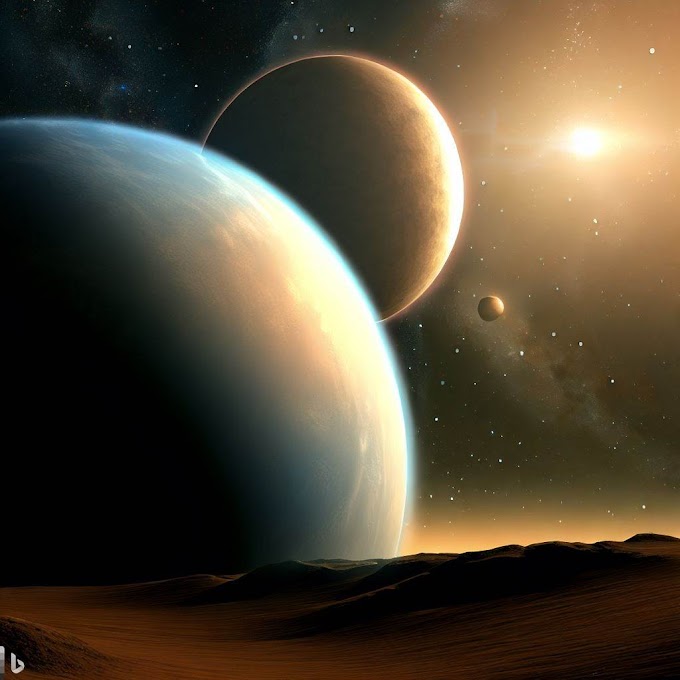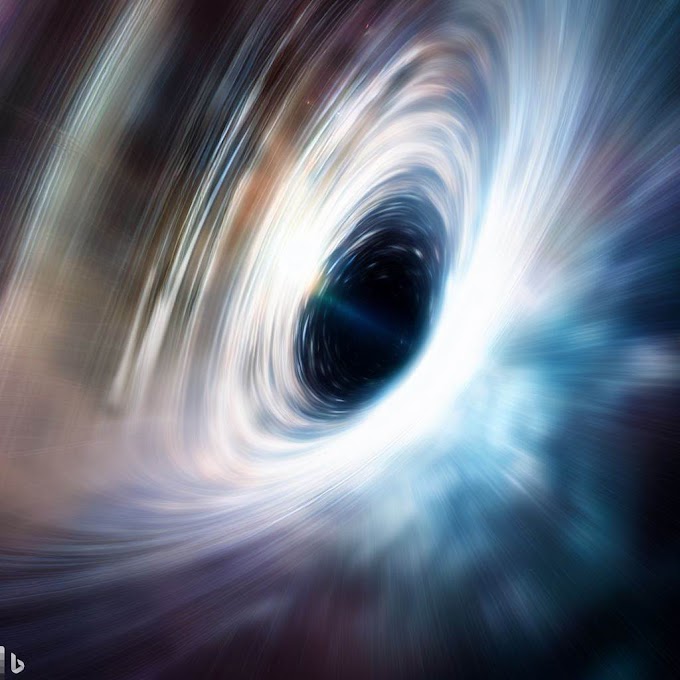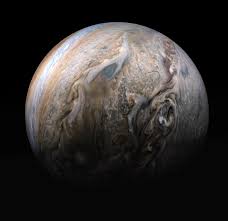Neptun facts
Neptune is the eighth and most distant planet from the Sun in our solar system. It is a dark, cold and windy world that has many mysteries and surprises. Here are some interesting facts about Neptune that you may not know.
Neptune is the only planet that was predicted by mathematics before it was discovered.In the 19th century, astronomers noticed that Uranus, the seventh planet, was not following its expected orbit. They suspected that there was another planet beyond Uranus that was affecting its motion. Using calculations based on Newton's laws of gravity, two mathematicians, Urbain Le Verrier and John Couch Adams, independently predicted the location of the new planet. In 1846, a German astronomer named Johann Galle confirmed their prediction by observing Neptune through a telescope.
Neptune is the smallest gas giant in our solar system, but it has the strongest winds. Neptune is about four times wider than Earth, but it is the smallest of the four gas giants (the other three are Jupiter, Saturn and Uranus). However, Neptune has the most powerful winds of any planet in our solar system. They can reach speeds of up to 2,100 kilometers per hour (1,300 miles per hour), which is faster than the speed of sound on Earth. The winds create huge storms and dark spots in Neptune's atmosphere, which are similar to Jupiter's Great Red Spot.
-Neptune has 14 known moons and six faint rings. Neptune's largest moon is Triton, which was discovered just 17 days after Neptune itself. Triton is very cold and has a thin atmosphere of nitrogen. It also has geysers that spew out icy material from its surface. Triton orbits Neptune in the opposite direction of most other moons in our solar system, which suggests that it was captured by Neptune's gravity from elsewhere. Some of Neptune's other moons are Naiad, Thalassa, Despina, Galatea, Larissa, Proteus, Nereid, Halimede, Sao, Laomedeia, Psamathe and Neso. Neptune also has six rings that are composed of dust and debris. They are very hard to see because they are very thin and dark.
Neptune takes 165 Earth years to orbit the Sun once. Because Neptune is so far away from the Sun, it takes a very long time to complete one revolution around it. In fact, Neptune has only completed one full orbit since its discovery in 1846. That means that one year on Neptune is equal to 165 years on Earth. One day on Neptune, however, is shorter than one day on Earth. It takes about 16 hours for Neptune to rotate once on its axis.
Neptune is named after the Roman god of the sea. The name Neptune comes from the ancient Roman mythology, where Neptune was the god of the sea and earthquakes. He was also known as Poseidon in Greek mythology. The name fits well with Neptune's blue color, which is caused by methane gas in its atmosphere that absorbs red light and reflects blue light. Because of this connection, many of Neptune's moons are also named after sea gods and nymphs in Greek mythology.















0 Yorumlar